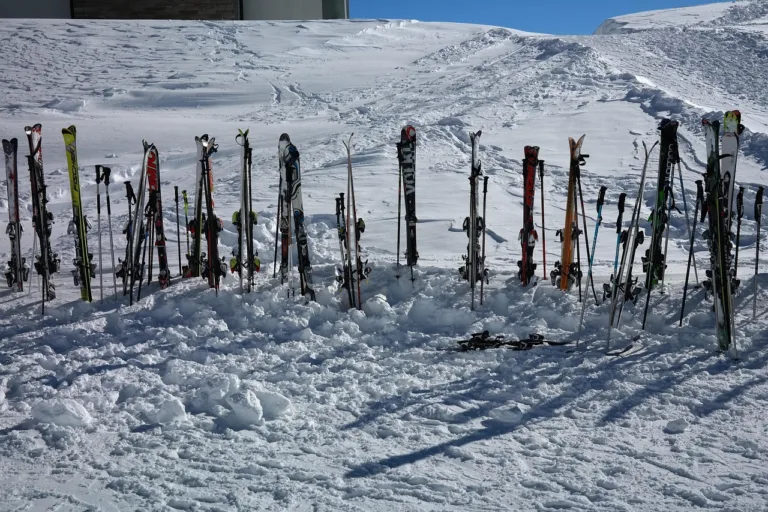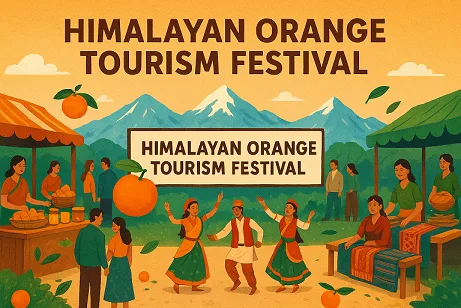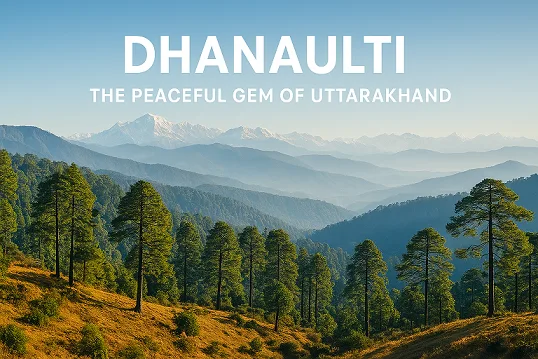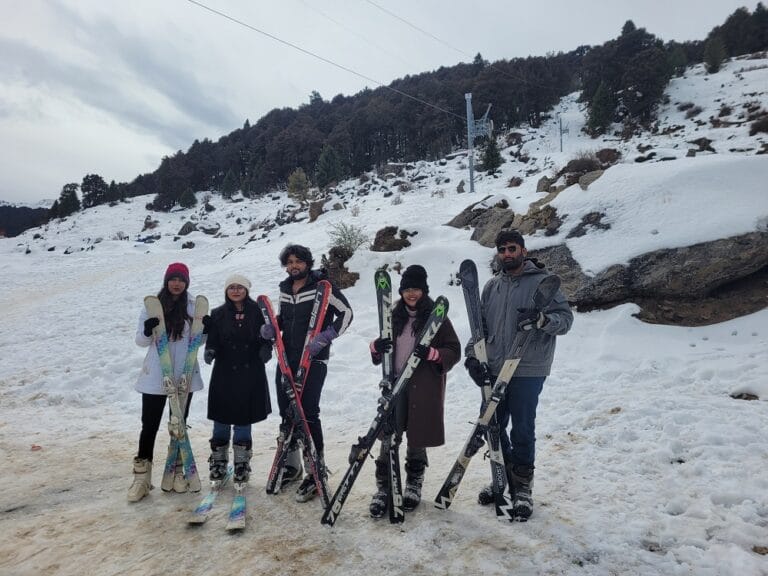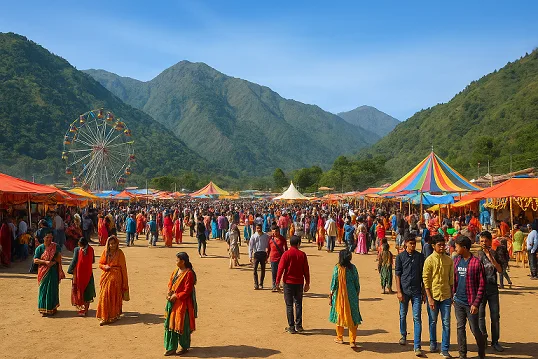Let’s explore everything about Harela Mela—its meaning, rituals, dates, celebration style, history, and why it is so important for the people of Uttarakhand.
🌿 What is Harela? Meaning & Significance
The word ‘Harela’ comes from ‘Hareet’ (green). It marks the beginning of the sowing season, especially for paddy (धान), during Shravan month. Farmers celebrate Harela to seek blessings for a good harvest, greenery, and happiness.
But it’s not just about crops. Harela also stands for the bond between humans and nature, a reminder to respect the land that feeds us.
📅 When is Harela Mela Celebrated?
Harela is celebrated three times a year, but the Shravan Harela (July) is the most important.
| Harela Type | Month (English) | Significance |
|---|---|---|
| Chaitra Harela | March–April | Hindu New Year & springtime |
| Shravan Harela | July (mostly 16–17th) | Beginning of monsoon & sowing season |
| Ashwin Harela | Sept–Oct | Harvest thanksgiving |
Shravan Harela also connects with the holy month of Sawan, which is sacred for Lord Shiva. So, in many villages, Harela also celebrates Shiv-Parvati’s marriage.
🌱 Traditional Rituals & Preparations
Ten days before the main Harela day, people start preparing:
Grain Sowing Ritual:
People sow five or seven grains (like barley, maize, mustard, wheat) in small containers made of leaves or mud.Green Shoots (Harela):
By the 10th day, small green shoots grow. On the festival day, these are cut and placed behind the ears of all family members as a symbol of blessings.Home Decorations:
Homes are cleaned. Women draw Aipan art on walls and entrances using red ochre and rice paste.Blessings by Elders:
Elders bless younger ones by putting Harela shoots on their heads or ears. They say words like:“जी रये, जंतु रये, पृथ्वी में पैद होये”
(Live long, stay happy, and flourish like Earth’s greenery.)
🎉 Harela Mela – The Grand Celebration
In many towns and villages, Harela Mela is organized as a local fair or cultural festival. Major celebrations happen in places like:
Almora (Lal Bazaar, Nanda Devi Temple area)
Champawat
Pithoragarh
Bageshwar
Haldwani and Nainital (in schools and colleges)
Major Attractions in Harela Mela:
Folk dances like Chholiya, Jhora, and Bajubandh
Harela folk songs sung by women and local artists
Local food stalls serving singori, bal mithai, and traditional snacks
Stalls of local crafts, farm tools, and eco-friendly items
Tree plantation campaigns by schools, panchayats, and NGOs
Children’s activities, drama, poetry, and fancy dress on nature themes




